Fast forward two days: Several inches of snow cover the ground and the temperature hasn’t even come close to cresting the freezing point in over 24 hours. Worse yet, it’s projected to dip into single digits that night with continuing strong winds. They have absolutely no idea where they are, huddled and shivering in front of a small fire, by the grace of God they were able to start with the lighter they brought. But Hell is supposed to be blazing hot, they must have thought.
If you are reading this and live in western North Carolina, you may be familiar with the high stakes, rescue story. It’s simply amazing these young men survived as long as they did, but just as incredible is the rescue effort that ultimately brought them out of the woods. Here’s a great article that recaps how the events unfolded.
And here’s the video of their extraction.
Recently, I reached out to one of the two survivors of this incident, David Crockett, to ask him if he’d answer a few questions for me. I told him that I’m a member of Haywood County’s Search and Rescue team, and I was part of the effort to find them. I expressed that I wanted to share what he learned from the experience, in hopes of inspiring others to make sound choices before heading into the woods.
Thankfully, he was more than willing to help. With every search our team does, I picture the person or people we’re helping as someone in my own life I love dearly, and I treat the effort with that kind of attention. David and his hiking companion were no exception and I’m thrilled to have the opportunity to create this connection with him.
With his input and my own knowledge, I’ve created a series of posts covering the following topics:
- Part I: What you should always do and put in your backpacking before going on a hike
- Part II: What you should do if you find yourself lost on a hike
- Part III: What your kids should always have with them on a hike to stay safe
- Part IV: What steps you should take to keep your dog safe on a hike and how to treat them for common injuries/illnesses until you get them out of the woods.
Your “Must Do” List Before Heading Out
Most hikers put some degree of thought about the contents in their backpacks, which is certainly worthy of brain power. What actions to take before heading out, however, are equally as vital to a safe return. Undoubtedly, David learned the importance of this from his experience. When I asked him what he would do differently if he could have a “do over” before heading into the woods that fateful winter’s day, he told me the following:
“Set a start time much earlier than 12:30pm. Check the weather forecast for the next few days. Understood the nature of a ‘wilderness’ trail (meaning trail is unmarked and extremely difficult without previous experience and knowledge). Keep a close watch on the time to give yourself ample time for the descent of your journey before sun down. Know your surroundings or hike with others who are familiar with the trails. Plan for the absolute worst.”
I could not agree more with everything he mentioned. Here’s the breakdown of what you should remember before heading out and why it’s important:
1. Leave an itinerary with someone and the estimated time you think you’ll emerge from the woods. This is a biggie. If no one knows where you went and you’re injured or lost with no cell reception (or worse, a dead battery), think about how much extra time it will take a search and rescue team to even begin to look for you. A classic example of this scenario is Aron Ralston’s book, Between a Rock and a Hard Place, or the movie that followed it, 127 Hours.
Your itinerary should include the trails you plan to hike and when you expect to emerge from the woods. If you are hiking a loop trail, it’s beneficial to tell someone which direction you’ll hike it, clockwise or counter-clockwise. What does not count as an itinerary is telling someone you’re simply going to hike in Great Smoky Mountains National Park! Make sure you give a reasonable amount of detail.
2. Check the weather forecast for the day of your hike and a day or two further out. Pack clothing and gear according to the forecast now and for the future forecast. Even if you only plan on being out for a day hike, if you’re lost or injured and are in the backcountry longer than anticipated, you’ll be glad you checked and packed accordingly.
3. Research the area you’ll be hiking in. If I’m hiking somewhere new, I typically do some research on the area via blogs/trail reports and various hiking websites. At the risk of ruining the surprise of what I’ll see, I’m occasionally alerted to sketchy areas of the trail, ambiguous trail junctions, obstacles, etc.
Also, as David mentions, designated wilderness areas are not well marked, by design. It’s not uncommon for these areas to have multiple “user or social trails” which are simply trails people have created over time that aren’t official trails you’ll find on a map.
4. Put your phone in “airplane mode” or turn it off completely before you start hiking. Most trails won’t have a reliable signal. If your phone continually searches for one, your battery will run itself dry faster than you can eat a Snickers bar.
Also, if it’s cold outside, keep your phone as warm as possible. Cold temperatures can drain the battery more quickly.
5. Plan for the absolute worst. I love that David included this in his comments to me, because it summarizes everything in this post. If you plan for the worst you might encounter, you’re prepared if it happens. That’s worth all the weight in your pack and then some.
Your “Must Take” List
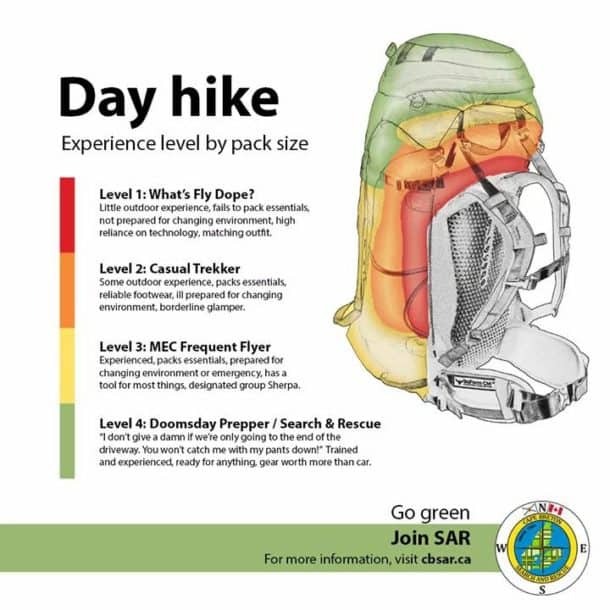
After joining our local search and rescue team, my day pack is filled with significantly more gear than I used to carry, since I am constantly exposed to how quickly things can go wrong in the woods and what items would be beneficial to me in various situations. This infographic is a comical but appropriate illustration of the varying degrees of “readiness,” but Level 4 is definitely the way I pack now!
So what’s in my pack? The “10 Essential Systems” that every hiker should have as well as a few extras that I deem just as important and worthy. Let’s start with the standard list first.
The 10 essential “systems” for your backpack
1. Navigation: Map and Compass
A good map and knowing how to read it is crucial when you’re in the backcountry. And no, a GPS or navigational app on your phone does not replace the need for a map, so always bring one!
Maps such as this one from National Geographic are very useful.
A compass doesn’t do you much good if you don’t know how to use it. There are many useful tutorials, YouTube videos, etc., online that provide extensive lessons on how to use them. Books are also a great way to learn. I have downloaded the Kindle version of this book, Wilderness Navigation: Finding Your Way Using Map, Compass, Altimeter, and GPS, onto my phone. I love having a resource to refer to when I’m in the backcountry, if I forget something I’ve learned. Plus, navigation is a skill best learned by “doing” and having the digital version of this book with me on hikes has provided many a refresher lesson on the trail, when I simply want to practice my skills.
There’s no need to purchase a fancy compass with a mirror. Something simple like this one will do just fine:
Aside from a map and compass, a navigational app loaded onto your phone is an excellent tool to have on a hike (but do not rely on an app exclusively since phones can break, get dropped and stop working, run out of battery, etc.). Gaia is my personal favorite and I highly recommend it. It works with both iOS and Android platforms. It offers a free version as well as a paid subscription with more bells and whistles. I have the Premium plan and love everything about it.
**As a side note, in an effort to help more folks stay safe in the backcountry, Gaia GPS is offering my readers a 20%-50% discount on their app. You can access the discount through this link.
2. Illumination: Headlamp or Flashlight
The reasons for taking a light source are probably pretty obvious, and some people like to bring two, to have a backup. Personally, I consider my phone’s flashlight feature a backup and only bring my headlamp with extra batteries.
All my family members carry the Black Diamond Spot Headlamp but I have the Black Diamond Storm which is a bit more powerful, which is nice for night hiking (which I do a lot of with search and rescue). You can’t go wrong with either and they’re both highly rated. You can read about the differences between them via a comparison chart right here.
3. Nutrition: Extra Food
If you’re smart, your extra food will include Peanut M&Ms. :-). Seriously though, if you’re out in the woods longer than expected, whether you’re lost or just taking longer than you expected to finish your hike, extra munchies are something you’ll be glad you have. Food high in fat, protein, and calories is the ideal combination for your extra stash. Chocolate Sea Salt Rx Bars are one of my personal favorites to keep on hand for this purpose since they’re lightweight and portable.
4. Hydration: Extra water and water purification system
If you’ve done your research and know you’ll be in an area with abundant water sources, consider what you’ll need to get started but make sure you have a way to purify more when you need it or if you’re out longer than expected. The Sawyer Mini Filter is always in my pack and is a lightweight and incredibly inexpensive way to insure I don’t return home with any nasty “souvenirs” such as Giardia or Cryptosporidium!
5. First Aid Kit
If you’re just getting started with hiking, there are many pre-made kits you can purchase, like this one from Adventure Medical Kit. Over the years, I’ve tweaked my first aid kit to my own needs and the needs of who I might be hiking with, but at a minimum you should have what these kits have in them and you should know what each item is for and when you should use it.
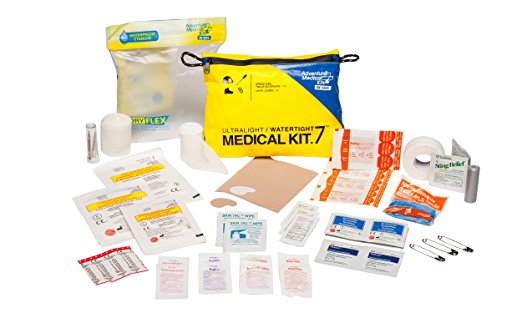
Adventure Medical Kit
6. Fire System: Waterproof Matches and Fire Starters
This is a biggie, especially in cold weather. A lighter literally saved the lives of David and his friend.
This brand of waterproof matches has a great case to keep the matches dry in wet conditions. There are many DIY fire starters you can make, but I like these the best.
7. Repair Kit and Tools: Knife, multi-purpose tool, extras for repairs
I personally carry this small Swiss Army pocket knife on most of my hikes and it serves me well. Some folks are knife aficionados and have a knife for every occasion, but I’m just not that kinda gal and I keep it simple. If you carry a small knife like I do, I recommend getting a bright color so it’s easy to see if you drop it.
Repair items include things like needle and thread, duct tape (no need for an entire roll, just wrap some around a hiking pole), repair tape (Tenacious Tape is the bomb), cable ties, and cordage are things I carry in my pack.
8. Insulation: Extra Clothes and Rain Gear
Another self-explanatory item, but make sure you also include some type of rain gear in your pack at all times. Even in summer months, getting caught in a rain storm can induce hypothermia in certain conditions. For a great, relatively inexpensive rain jacket, the Marmot Precip is one I use frequently. You can often find this jacket on sale at Sunny Sports but places like REI and Moosejaw reduce the price fairly often.
Other extra clothes should include an insulating layer, like long underwear, extra socks, and a jacket/coat made of either synthetic material or down (but make sure to take extra care keeping it dry if it’s filled with down feathers). I also purchase my outer layers in bright colors, especially for my kids, since they are more visible to searchers.
Also, make sure you keep these clothes protected in your pack. You can purchase a waterproof stuff sack, but a thick garbage or compacter bag will do just fine (and it also doubles as an emergency bivy).
9. Shelter
There’s no need to bring your car camping tent with you, but you do need some form of shelter in your pack at all times. I carry this emergency bivy with me and it’s an incredibly lightweight option for the coverage it would provide me in an emergency. A trash compactor bag works well also.
10. Sun Protection: Sunglasses and Sunscreen
If you’re lost or stuck in an exposed area, the last thing you want to set yourself up for is a blistering sunburn. Sunglasses are especially important in snowy conditions, to prevent snow blindness.
** As a side note, head over here if you’d to see if any of these items or something similar to them are on sale right now.
The “Extras” I Recommend
So those are the biggies, but I have a few extras I carry and I highly recommend them, depending on the conditions you’ll be hiking in and how remote of a location you’re heading to. They are as follows:
SATELLITE MESSENGER/LOCATOR BEACON
These are devices that will alert emergency services that you need help and provide them with your location. There are several devices on the market, each with pros and cons.
As a frequent solo hiker who has a husband and three kids expecting her to make dinner in perpetuity, I deem this a non negotiable in my own pack. Every solo hiker should carry one, in my opinion, as it’s the closest thing you have to another human alerting emergency services that you need help. Even if you always hike with someone else, it’s highly recommended to carry one.
I actually own two devices, and the one I use depends on where I’ll be hiking and what functionality is most important for that particular terrain:
1. The ACR ResQLink is great when I’m hiking in the Southeast during the warmer months. The abundance of leaves on deciduous trees can present a pesky obstruction to satellite signals, and this device sends a very strong signal which gives it a big advantage over the other one I own.
It has a one-time purchase price and a battery that lasts for 5 years, but there is no recurring subscription fee attached to it. For that reason, if it’s challenge financially to purchase a satellite device, I’d opt for this one since it will end up being significantly less expensive than the other one I own.
2. I also own a Garmin InReach Mini device. My husband and I took a 10-day backpacking trip, minus our kids, to hike the Wonderland Trail around Mt. Rainier, and that’s when I purchased my InReach. It was very beneficial to have the two-way texting feature this unit provides to communicate with my brother and his wife who were watching our kids.
Because we were backpacking in an area with greater exposure to the sky, I was reassured we had a strong signal to alert SAR teams (and to communicate back home). This unit does have recurring costs to activate any of its features though. They can be paid as needed on a monthly basis for a higher fee or you can activate it at a lower cost with an ongoing subscription fee.
It’s also incredibly beneficial in an emergency situation, to be able to message emergency services and let them know why you hit the SOS button.
I especially enjoy taking this unit on my solo adventures, so I can message my husband when I get to camp at night, if I’m going to be late coming off the trail, etc.
While either of these devices are pricey, t’s impossible to put a price on your life (or someone you’re hiking with), so they’re worth it if you end up hiking frequently.
Whistle
Many backpacks have whistles on the sternum strap, but if yours doesn’t, make sure you carry one with you. The sound from them doesn’t carry nearly as far as they claim, at least in thick woods, but for the negligible weight they add to your pack it’s definitely worth keeping one with you. They’re useful if you’re lost or injured search and rescue is trying to locate you, or if you’re trying to scare off wildlife, such as a bear. The whistle pattern for signaling help is 3 short bursts.
Portable Battery Charger for Cell Phone
If you like to take pictures with your phone, use a navigational app, and/or are going to be out for several days on a backpacking trip, an external battery charger is very worthy of the few ounces it adds to your pack. This is a lightweight and well reviewed one that will charge an iPhone about 4 times.
HIKING POLES
Not everyone uses hiking poles, but I can’t imagine hiking without them. In addition to taking some of the load off my joints and making me a stronger and more efficient hiker on uphill sections of trail, they also improve my balance and stability significantly. Many a times, I’ve nearly fallen on a slippery rock or root, but my planting one of my poles quickly has prevented it from happening.
I am a huge fan of the LT5 hiking poles from Gossamer Gear because of their durability, cork handles (they don’t hold odor and they feel great to my hands), and featherweight qualities. They’re pricey though, and I think it’s perfectly acceptable to start with something more affordable.
These poles made by Montem receive lots of praise in the hiking community and they are what I’d recommend for a more affordable option.
Umbrella
My Liteflex Hiking Umbrella is one of the most useful pieces of gear in my pack. It’s both instant shade in sunny, hot conditions and instant cover in rainy conditions (assuming it’s not windy, in which case it is too fragile to use and doesn’t do much to block the rain, anyway). I even wrote a review of this umbrella and how to use it and keep your hands free for your hiking poles right here .
My umbrella is specifically made for backpacking, since it’s lightweight and has a reflective canopy, but there’s no need to splurge if you want to carry something you already have at home. Not a necessity, but I consider it a “must take” on every trip.
Identification Bracelet
These bracelets gained their popularity with runners, but they can serve as an added layer of security in many situations, especially hiking. Road ID is the most well known brand and they provide an instant identification system for yourself or whomever you choose to have wear one (I think kids would be the perfect candidate for them, and they even make a kid-sized version of them). They also alert others to any allergies the person wearing them might have.
Hand and Foot Warmers
Depending on the weather I’m hiking in, hand and foot warmers will often go in my pack. My hands and feet are incredibly sensitive to cold, and if I were ever injured and sedentary in cold weather, I’d pat myself on the back with my toasty warm hands for remembering to pack these with me!
In addition to the tangible things that should always, always, always be present in your pack (no really, ALWAYS!), there are some non-tangibles that David, from our survival story, recommends. I asked him what he thought saved his life besides the lighter he had with them. He wisely told me:
Physical endurance
Persistence
Hope
Incredible will to live
Team Work
This should be taken just as seriously as the list above. You can have all the survival gear you need to live for days, but if your head isn’t in a frame of mind to deal the mental and emotional challenges that inevitably come with being lost or injured in the woods, you lessen your chances for survival.
While David and his friend may not have had nearly enough in their packs to realistically survive the conditions they were dealt (except for the lighter, which I think I may have gilded in gold upon my safe return), what they packed in their hearts and heads was ultimately just as important.
The next post in this series covers something I hope you never face–what to do if you do become lost or injured on a hike. David will chime in again with some tips and inspiration as well, based on his own harrowing experience.
Feel free to reach out to me with any specific questions or comments or share this post with others who might find it useful (there’s even a handy dandy Pinterest button at the bottom of the post too, if you’re into “pinning” on Pinterest). Also, if you’ve ever been in a situation you learned from that you’d like to share, I’d love for you to add it to the comment section below for others to learn from too.

David and I eventually met up in Asheville. He is an incredible guy and I love that we’re friends now.
Have tons of fun out there, folks, but be safe and smart. You have one precious life, and it’s too valuable to risk losing it to negligence!
The future depends on what we do in the present. ~Mahatma Gandhi
P.S. Quality gear is a key component to keeping folks safe in the backcountry, and I never want someone’s budget to limit their preparedness. I have helped countless people outfit their packs with the gear they need at a reduced price, by curating the best deals and sales I can find in the outdoor industry and sharing them with my readers. Head over here if you’d like to see what I posted today, but reach out to me if you’d like me to help you with something in particular or you’re just getting started and would like some help beyond the suggestions in this post.
[content-upgrade id=”3141″]
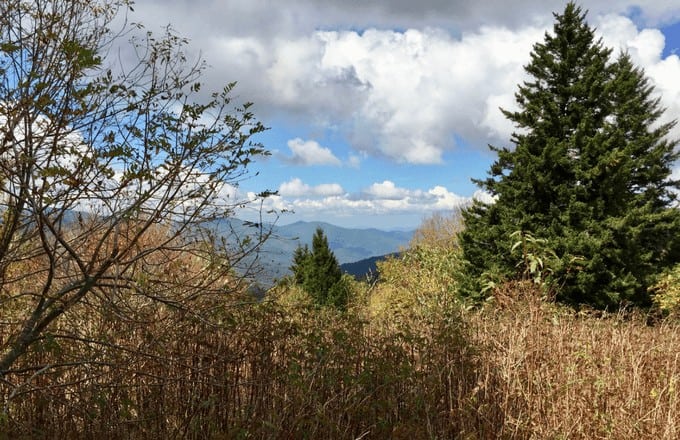
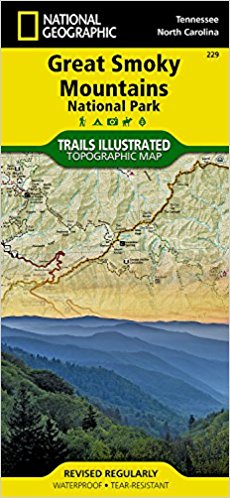
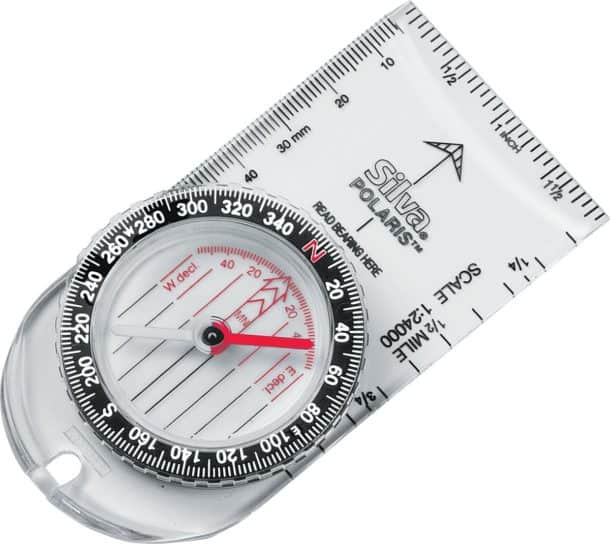
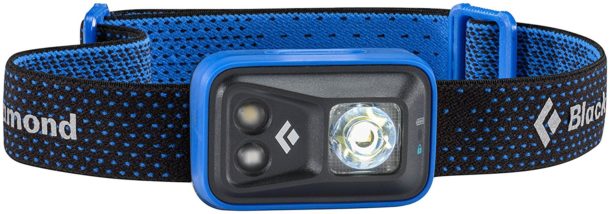
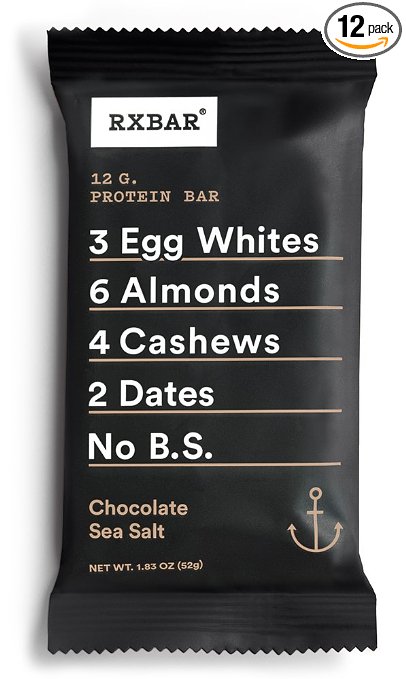
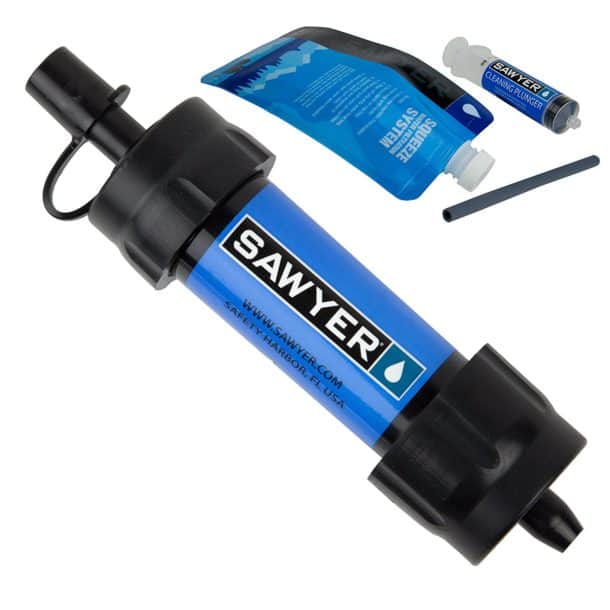
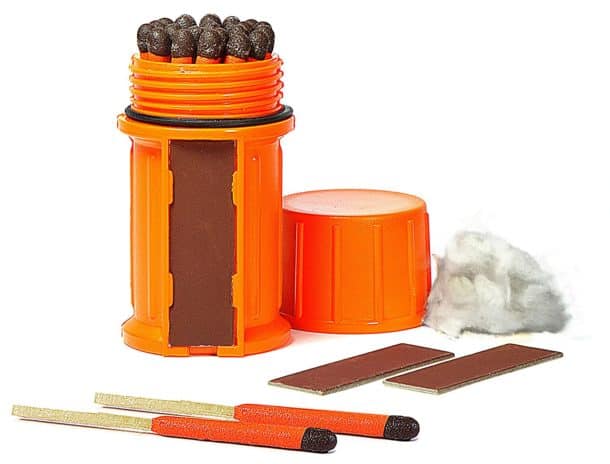
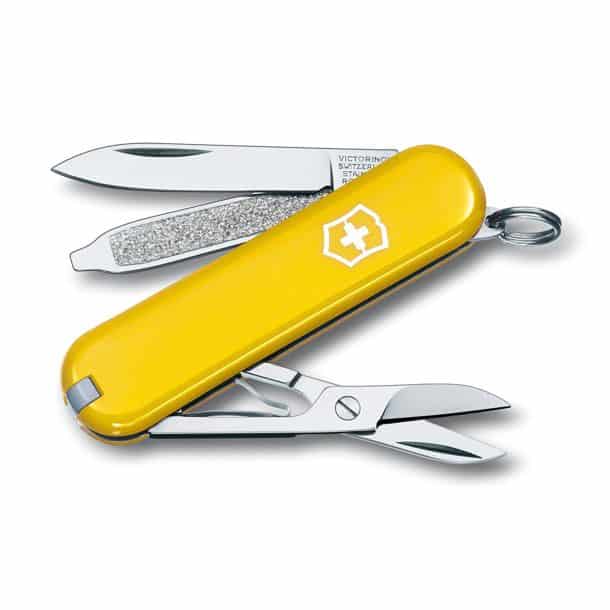
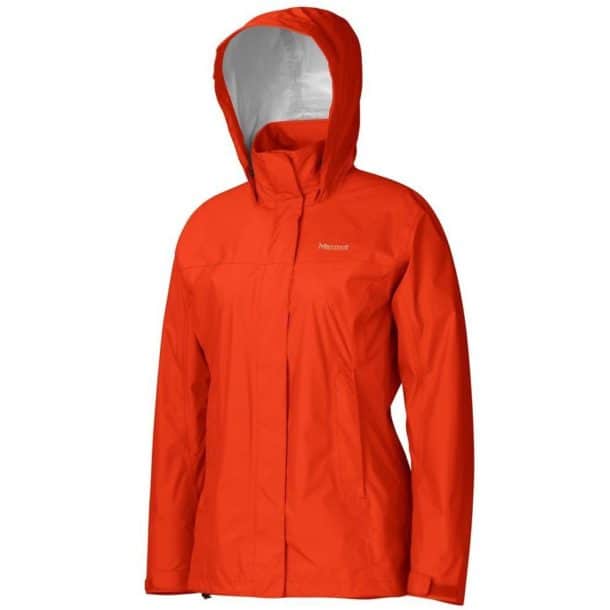
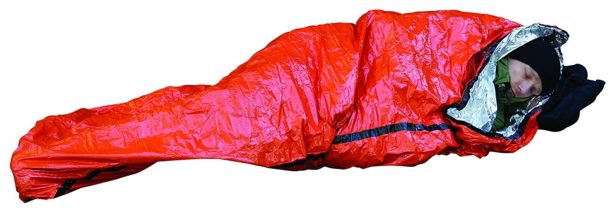


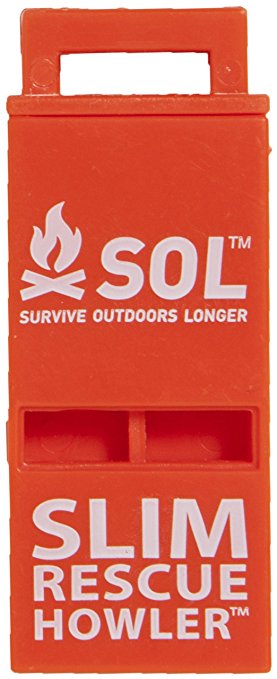


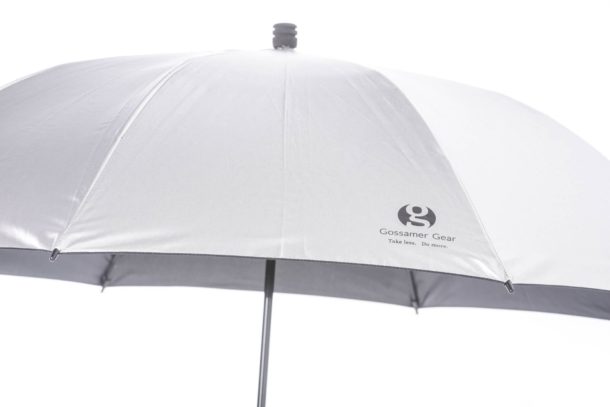
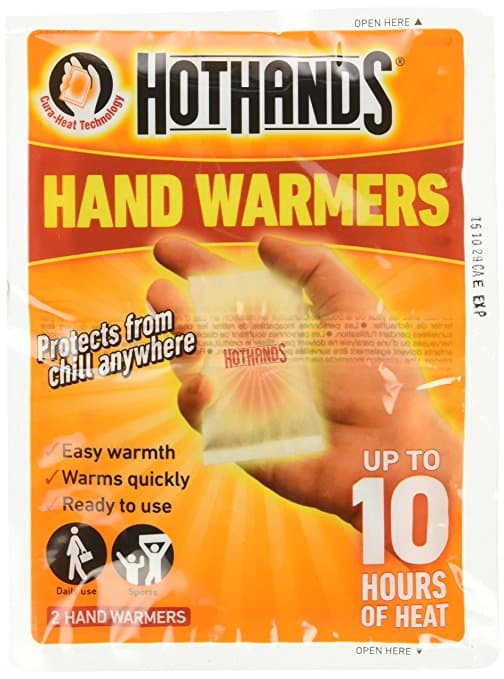
Hi Nancy! This is a very helpful article! Thank you. I have one thing to add. Whenever I go out walking alone, I wear one of those Road ID bracelets that state my name, lists my allergies, gives the names and phone numbers of three people to contact if I am unable to do so myself. I also wear it if I am just taking small kids with me somewhere on my own because if something happened to me (I am 70 after all!) they wouldn’t be able to provide useful information!
Jeanne, I could not love this comment more and I’m going to add this to the post! There are sooo many applications where this could be useful–solo hikers, kids, etc. And you may be 70 by way of the calendar, but you’re anything but in the ways that matter! You are truly one of my biggest inspirations for how to live life well and not let age deter you from a challenge! 🙂
Thank you, Nancy, I appreciate the vote of confidence!
I am pushing 69 and also hike alone. Thanks for this. Need to add lots to my backpack.
Lynne, you are very welcome and I’m so glad it’s helpful. And I am now officially adding you to my list of inspirational women hikers! 🙂
awesome list to have! great job Nance! (& for those reading these comments…she definitley brings that umbrella on every hike because it reminds me of how handy it is and that I need to get one!)
Sometimes I think my trail name should be “Mary Poppins” rather than Seal Mom…although I love sharing Seal Mom with one of my besties, so that’s a hard one to ever want to give up :-). And Santa needs to bring you an umbrella this year!
I always take two epi-pens with me. I am allergic and never know when I might be bit. I take the extra one for any hike who has forgotten theirs. 🙂
Thanks for the comment! I almost put Epi-Pens on the list, but since they’re so dang expensive, I hesitated. But for someone with allergies, it’s a must have, without a doubt! And that’s really sweet that you take an extra one for other people, in case they need it! :-). I want to write a future post on first aid kits and what folks should consider taking, so I’ll definitely include an Epi-Pen on that list, as an optional item, based on the people hiking.
Great article!
Some of the things I like to include in my first aid kit:
Vet Wrap – this tape sticks to itself but not to you
Ace Bandage – many uses, not the least of which are strains, sprains and even breaks.
Medicine – a couple days supply of every prescription and over the counter med I use. Plus anti-nausea, anti diarrhea meds, just in case. Daytime antihistamine.
Individually wrapped wet wipes for hygiene.
Quickclot for cuts
Duct tape, kerlix gauze wrap and superglue.
I am of the opinion that everyone should take advanced first aid and then build their own kit for their own needs. A wilderness first responder course is even better but rather expensive.
Hi Fred! Great list of first aid stuff! And I completely agree that it would be wonderful if everyone entering the backcountry (or at least one member of every party) took an advanced first aid course. My own knowledge from the courses I’ve taken has definitely come in handy before. Thanks so much for chiming in! 🙂
Great read “Girl”. With articles like these, you and your rescue might work yourselves out of a job. If the park system will allow it, a small breakdown type survival rifle could help in many ways.
Love, Daddy
Thanks for the feedback and additional recommendation, Daddy! And yep, that’s the plan, to work our SAR team out of a job! 🙂